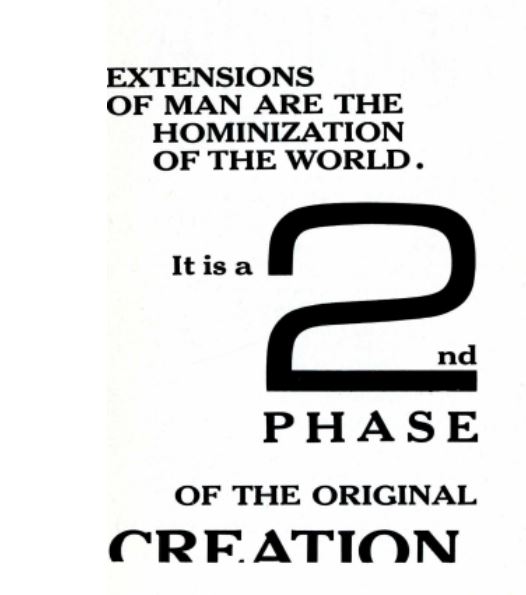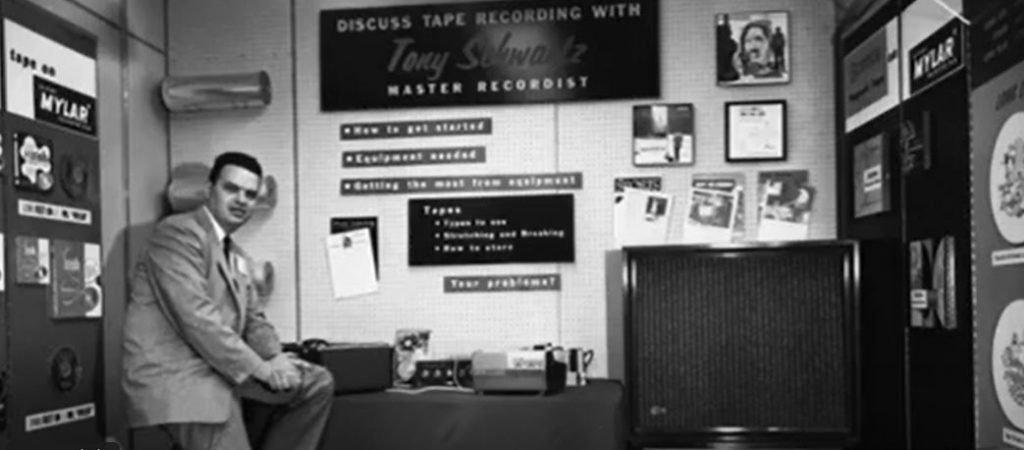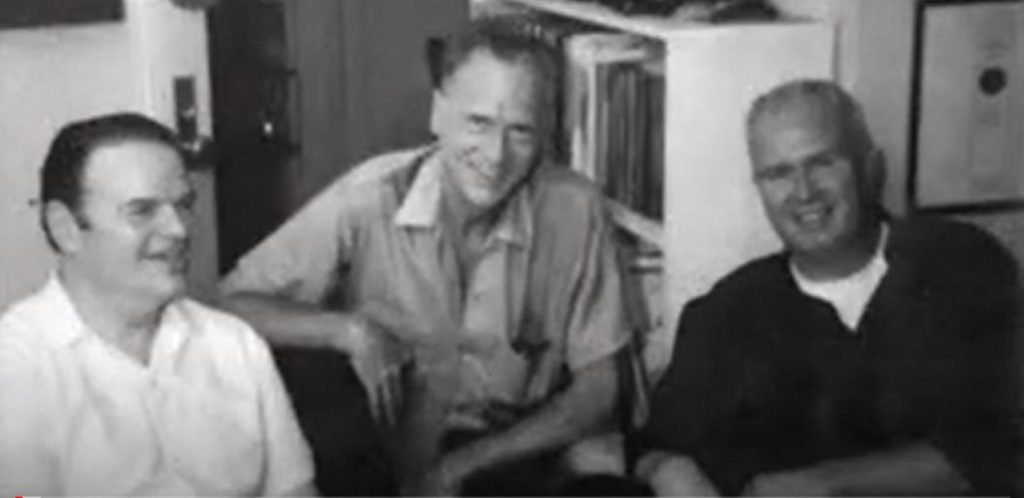It is man who has become both figure and ground via the electro-technical extension of his awareness.1
In Hominization 1, McLuhan was seen to replay Lucretius on human creativity:
that freewill, wrenched away From the fates, by which we each proceed to follow pleasure’s sway, So that we swerve our motions…
In fact, McLuhan did one better than Lucretius in that creativity is specified by him not, or not only, in the conscious exercise of will, but in all human experience whatsoever — even when the genesis of experience in creativity remains almost entirely unconscious:
In ordinary perception men perform the miracle of recreating within themselves, in their interior faculties, the exterior world. This miracle is the work of the nous poietikos or of the agent intellect — that is, the poetic or creative process. The exterior world in every instant of perception is interiorized and recreated in a new matter. Ourselves. (Catholic Humanism and Modern Letters, 1954)
McLuhan continued to emphasize the point 15 years later in his Playboy Interview:
I began to realize that the greatest artists of the 20th Century — Yeats, Pound. Joyce, Eliot — had discovered a totally different approach, based on the identity of the processes of cognition and creation. I realized that artistic creation is the playback of ordinary experience…
The notion is that all human experience, the most ordinary to the most artistic, begins in momentary exposure to the range of the available possibilities together with all the possible combinations of those possibilities. A free or swerved or creative choice must ‘then’ be made between them in the momentary activation of some one of them. So conceived, human being is Aristotle’s energeia, the incessant sparking activation of particular linguistic and experiential forms.
“The gap is where the action is” in that the gap between conscious life and the unconscious domain of possibilities is crossed at every instant and then, in the unconscious, the gaps between the possibilities there are crossed, too, as those possibilities are surveyed and assessed. It is like language use where all possible sounds, words and grammatical markers are available to speakers, moment to moment to moment.2 They must choose between these possibilities and their words are the activated result, or effect, of this discriminatory process. Thus conceived, language is the “playback” of preexisting forms. And, according to McLuhan, so is experience.
In both processes, in the generation of language and in the isomorphic generation of experience, there is a complication of space and time and of the speaking/experiencing subject. The space-time of these processes is not that of the ‘regular world’. They do not unfold in ordinary three-dimensional space nor in chronological time. And identity is more the effect of these processes than its cause. These fundamentally obscure processes are therefore the actions of McLuhan’s nomad/no-man/nobody.3
A kind of “artistic creation” where “we swerve our motions” is implicated, since the ‘rearview mirror’ of previous enunciation or of previous experience does not bind the spoken word or the experiential perception to follow. There is an essentially exploratory aspect to every moment of experience that consists in a sort of reconnaissance of the possibilities before it, forcing a swerved choice between them.
Perception is exploration and you do not know from one moment to the next what you’re going to discover.4
The space, time and subjectivity of ‘ordinary’ life is incessantly left behind for this ‘upside down world’ (as Hegel styled it).
We have to repeat what we were about to say.5
a way of living as if every moment were your next.6
A central question here: what does the actuality of such ubiquitous creativity7 indicate about possibility?
Strangely (since on reflection what could be more obvious?), it has occurred less and less to our purported thinking in the last two centuries that what is actual must also be possible! One of the explicit aims of Heidegger’s 1927 Sein und Zeit (Being and Time) was to address this thought-provoking oversight. The last sentences of its ‘Introduction’8 reads:
Higher than actuality stands possibility. The understanding of phenomenology [dual genitive!] lies entirely in the grasping of it [dual genitive!] as a possibility.9
What happens when creativity is recognized as actual and therefore also as possible is that the structural leap or gap expressed in creativity must be rooted in the ground of human being (dual genitive!).10 Hence McLuhan’s insight that “it is man who has become both figure and ground”. That is, human creativity points to the conditions of creativity in possibility — namely, plurality and the bordering gaps that are necessary for that plurality, gaps that are re-played in the re-creative leaps we make in actuality. In this way humans re-present ‘ground’: “men perform the miracle of recreating (…) in every instant”. But in re-presenting ‘ground’ in their actual circumstances, humans cannot enact plural fundamental possibilities at once, any more than physical material can be more than one chemical formula at once.11 So at the very instant when humans re-present ground, they do so as a dynamic figure of that ground.12 “It is man who has become both figure and ground”.
Hominization of the planet 3 will further unpack this insight by considering a passage in From Cliché to Archetype that was later “quoted” in Laws of Media:
The cliché (…) is incompatible with other clichés, but the archetype is extremely cohesive, the residues of other archetypes adhere to it. When we consciously set out to retrieve one archetype, we unconsciously retrieve [all the] others (…) In fact, whenever we ‘quote’ one consciousness, we also ‘quote’ the archetypes we exclude.13
_________________________
- Take Today, p11. Humans becoming “both figure and ground” is not a matter that first becomes possible in some chronological time like the “electro-technical” era. Instead, what becomes possible today is a new “awareness” of this perennial condition. As McLuhan said of the objects of the new awareness made possible by literacy in classical Greece: “The functions and processes were not new. But the means of arrested visual analysis, namely the phonetic alphabet, was as new to the Greeks as the movie camera in our century.” (The Gutenberg Galaxy, 23) ↩
- For ‘language’ as McLuhan’s central metaphor see Language itself and Grammars of the Media. ↩
- For Plato’s description of the journey of this “nomad”, see McLuhan and Plato 1 – Phaedrus and Er. ↩
- McLuhan, Interview with Kenneth Allsop, BBC ’24 Hours’, August 19, 1971. ↩
- ‘The Be-Spoke Tailor’, Explorations 8, 1957, #4. ↩
- McLuhan, ‘A Media Approach to Inflation’, NYT, September 21, 1974. ↩
- Creativity is most manifest, perhaps, in the arts and sciences. But we properly recognize it as well, of course, throughout the whole range of human activity: in child-rearing, cooking, hunting, sewing, telling jokes, etc etc. And the often startling creativity of animals manifests it as well! ↩
- Since SZ was never completed, there is an important sense in which these concluding sentences of the ‘Introduction’ represent Heidegger’s ‘last word’ on the SZ project. Not to say that there are not other ‘last words’ on it as well, of course — such as ‘Zeit und Sein’ from 35 years later in 1962. ↩
- Sein und Zeit, ‘Einleitung’: “Höher als die Wirklichkeit steht die Möglichkeit. Das Verständnis der Phänomenologie liegt einzig im Ergreifen ihrer als Möglichkeit.” ↩
- For both Lucretius and McLuhan, the creative freedom of human being is grounded in prior possibility that is ontological. ↩
- Not to say that human being or physical being cannot have the form of some highly complicated combination of fundamental possibilities! In fact, it is probable that with human being, as much as with physical being, it is disappearingly rare for a singular elemental possibility to be manifested purely and simply on its own. ↩
- Dual genitive. ↩
- From Cliché to Archetype, p21 = Laws of Media, p104. ↩


